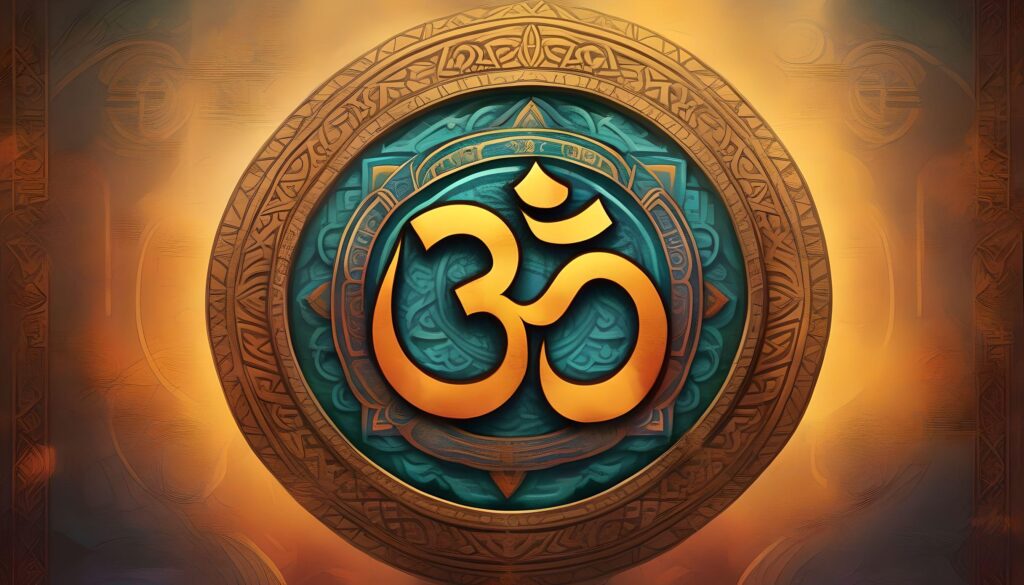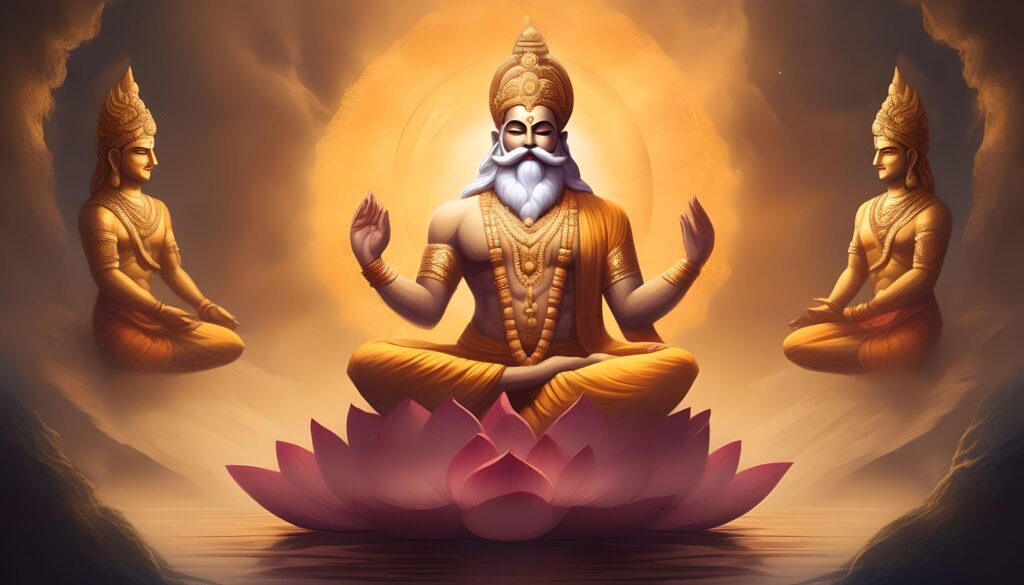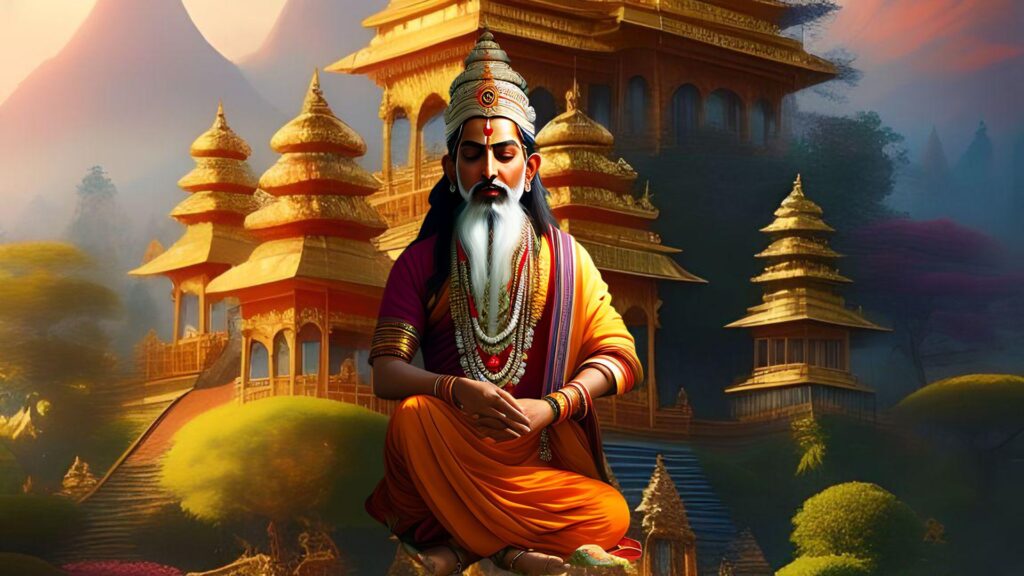Beyond Borders: Embracing Harmony through Sanatana Dharma Philosophy (10 points)
1. Introduction
Sanatana Dharma, more commonly referred to as Hinduism, is a transnational way of life that has incorporated people of all backgrounds. In this investigation, we delve into the profound philosophy of Sanatana Dharma and examine how it fosters harmony across various domains of existence.
A. Definition of Sanatana Dharma
Translated as the eternal or universal law, Sanatana Dharma is an intricate and multifaceted philosophy that dates back to ancient India. It includes a wide range of doctrines, customs, and practices that direct people on their spiritual path.
B. Historical Significance
Tracing its roots back thousands of years, Sanatana Dharma has withstood the test of time. Understanding its historical context provides insights into its evolution and enduring relevance.
C. Relevance in Modern Times
Although the modern era has witnessed numerous advancements, the principles of Sanatana Dharma remain profoundly meaningful and purposeful for those in search of direction and intention in their lives. It provides guidance for navigating the complexities of modern existence through its enduring wisdom.
2. Core Principles of Sanatana Dharma
A. Dharma and Duty
In Sanatana Dharma, the concept of Dharma, or the obligation to do what is proper, is fundamental. Understanding and carrying out one’s responsibilities is considered essential for preserving harmony both internally and externally to oneself and society.
B. Karma and Consequences
The philosophy emphasizes the principle that all actions have repercussions, or the law of Karma. Increasing awareness of the repercussions of one’s actions inspires individuals to conduct themselves in a moral and accountable manner.
C. Pursuit of Truth (Satya)
In Sanatana Dharma, the truth (Satya) is highly esteemed. This principle promotes the investigation and comprehension of the ultimate truth that transcends the deceptive nature of the material realm.
3. The Concept of Harmony
A. Harmony within Oneself
The development of internal harmony is an essential component of Sanatana Dharma. By engaging in activities like meditation and self-reflection, people have the capacity to attain inner equilibrium and tranquility.
B. Harmony in Relationships
As an extension of the concept of harmony, the philosophy spots emphasis on fostering respect, comprehension, and collaboration among individuals in their interpersonal relationships.
C. Harmony with Nature
Sanatana Dharma asserts the importance of harmonious cohabitation with the natural world and recognizes the interconnectedness of all organisms. This ecological standpoint advocates for environmental consciousness and sustainability.
4. Embracing Diversity
A. Acceptance of Pluralism
Sanatana Dharma recognizes that various routes may ultimately lead to the same ultimate truth and celebrates diversity. This inclusive methodology promotes the development of tolerance and comprehension among people who hold diverse beliefs.
B. Tolerance and Inclusivity
Acknowledging the value of human experience being enhanced by diversity of thought and practice, the philosophy advocates for tolerance. The perception is that inclusivity fosters unity rather than division.
C. Unity in Diversity
To attain spiritual growth, Sanatana Dharma encourages individuals to transcend social, cultural, and geographical boundaries through the acceptance of the concept of unity amidst diversity.
5. The Spiritual Path
A. Yogic Practices
Sanatana Dharma promotes a range of yogic practices as strategies for achieving spiritual enlightenment. Yoga, in its multifarious manifestations, functions as a conduit towards introspection and a bond with the transcendent.
B. Meditation and Mindfulness
Meditation is an integral component of Sanatana Dharma, facilitating the attainment of mental tranquility and clarity. Engaging in mindfulness practices facilitates a heightened state of awareness and connection with the current moment.
C. Liberation (Moksha)
Moksha, or liberation, is the ultimate objective of Sanatana Dharma. In this state, the soul surpasses the recurring pattern of bodily existence and attains everlasting pleasure and unity with the divine.
6. Challenges and Misconceptions
A. Misinterpretations
Misunderstandings have resulted from misinterpretations of Sanatana Dharma, which have centered on its fundamental principles. It is crucial to rectify these misconceptions in order to attain a more nuanced comprehension.
B. Addressing Criticisms
Concerns have been expressed by critics regarding specific practices that are a part of Sanatana Dharma. Participating in constructive discourse serves to debunk misunderstandings and fosters a more precise understanding.
C. Clarifying Misconceptions
It is critical to dispel misunderstandings regarding Sanatana Dharma in order to promote a more comprehensive and considerate comprehension of this ageless philosophy.
7. Contemporary Applications
A. Influence on Art and Culture
Performing arts, literature, and art have all been profoundly influenced by Sanatana Dharma, which has contributed to a cultural tapestry that transcends its original geographical confines.
B. Impact on Global Harmony
The promotion of mutual respect, comprehension, and shared values is how the principles of Sanatana Dharma contribute to global harmony in an interconnected world.
C. Role in Personal Development
Sanatana Dharma provides guidance to individuals across the globe in their quest for personal growth, fortitude, and the attainment of a purposeful and gratifying existence.
8. Sanatana Dharma in Daily Life
A. Rituals and Festivals
Incorporating daily rituals and festive celebrations into the Sanatana Dharma practice fosters a sense of tradition, community, and spiritual connection.
B. Moral and Ethical Guidelines
The philosophy furnishes an extensive structure of moral and ethical principles, which persons may consult in order to make deliberate and virtuous decisions throughout their day-to-day existence.
C. Balancing Material and Spiritual Pursuits
Sanatana Dharma promotes a triuned approach to material and spiritual pursuits, recognizing that both are indispensable for attaining a whole and contented life.
9. Promoting Peace and Well-being
A. Non-violence (Ahimsa)
Ahimsa, or non-violence, is a fundamental principle in Sanatana Dharma, promoting compassion and empathy towards all living beings.
B. Compassion and Empathy
The philosophy promotes the development of compassion and empathy, inspiring members to be kind and considerate towards others.
C. Social Responsibility
Sanatana Dharma promotes the notion of social responsibility and urges individuals to actively participate in positive change within their immediate communities as well as the broader society.
10. Overcoming Challenges Through Sanatana Dharma
A. Coping with Stress
Constraint-resistant stress reduction and mental health maintenance are both achievable with the aid of the Sanatana Dharma principles.
B. Resolving Conflicts
By placing an emphasis on reaching amicable resolutions, individuals can effectively manage disagreements and disputes through the application of the principles of harmony and understanding.
C. Finding Inner Peace
By engaging in the observance of Sanatana Dharma, people have the ability to attain interior tranquility, surpassing worldly concerns and nurturing a profound sense of satisfaction.
Conclusion
By adopting the profound philosophy of Sanatana Dharma, individuals come to understand a transcendental, holistic approach to life. The enduring principles of spirituality, diversity, and harmony provide a framework for navigating the complexities of the contemporary world.
FAQs
- Is Sanatana Dharma a religion or a philosophy? Sanatana Dharma is often referred to as a way of life or a philosophy rather than a strict religion. It encompasses a diverse range of beliefs and practices.
- How can one incorporate the principles of Sanatana Dharma in daily life? Daily rituals, ethical decision-making, and a balance between material and spiritual pursuits are practical ways to integrate the philosophy into everyday life.
- What role does meditation play in Sanatana Dharma? Meditation is a central practice in Sanatana Dharma, serving as a means to attain mental clarity, mindfulness, and spiritual realization.
- How does Sanatana Dharma contribute to global harmony? The philosophy promotes inclusivity, tolerance, and understanding, fostering a sense of global harmony by transcending cultural and geographical boundaries.
- Is Sanatana Dharma relevant in the modern world? Yes, the principles of Sanatana Dharma remain relevant, offering guidance on personal development, ethical living, and navigating contemporary challenges.
- What is the belief of Sanatan Dharma? Helping all with love
sanatandharma #hinduism #hindu #hindutva #jaishreeram #kattarhindu #hindurashtra #sanatan #shiva #sanatani #hindugods #hindutemple #yogi








